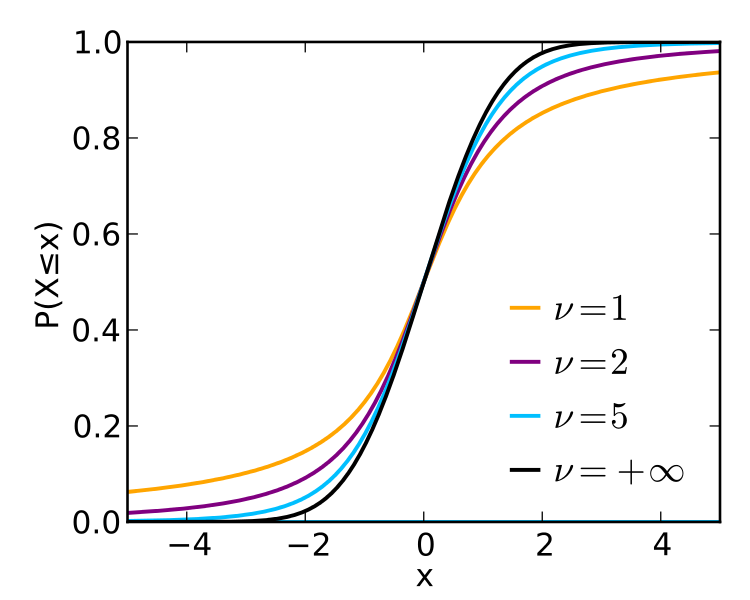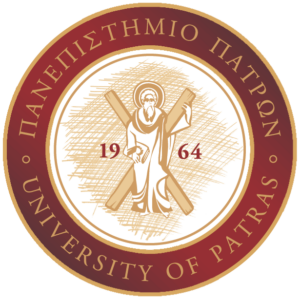Statistics II

Learning Outcomes
By the end of this course the student will be able to:
- Have basic knowledge of theoretical probability distributions which constitute an essential methodological tool.
- Understand and be able to apply essential statistical inference. This implies that students should develop critical thinking on decision making.
- Understand and apply basic regression analysis to decision making
- Apply basic statistical techniques using statistical software and interpret the results
Course Contents
Theory:
Large sample statistical inference. Sampling distributions. Means, difference between two means, proportions, difference between two proportions. Confidence intervals. Statistical testing. Small sample statistical inference. Student’s t probability distribution. Means, difference between two means, paired difference test, proportions, difference between two proportions. Inferences about a population variance. The c2 probability distribution. Comparing two population variances. The F probability distribution. Introduction to simple and multiple regressions. The method of least-squares. Testing the utility of a model. Model building. Elements of time-series analysis.
Teaching Activities
Lectures (4 hours per week) and Tutorials (2 hour per week)
Teaching Organization
|
Activity |
Semester workload |
| Lectures (4 hours per week x 13 weeks) |
52 hours |
| Tutorials (2 hour per week x 13 weeks) – solving of representative problems |
26 hours |
| Hours for private study |
122 |
| Total number of hours for the Course (25 hours of work-load per ECTS credit) |
200 hours (total student work-load) |
Assessment
The overall course grade is the sum of:
a) final exam grade (80%), plus
b) 20 percent of the mid-term exam grade
Use of ICT
Use of e-class to support teaching, laboratory work and communication with students


